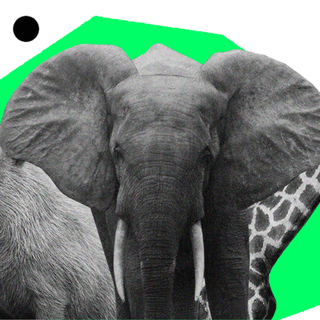The Paris Agreement goals to keep global temperatures from rising beyond 1.5 degrees will never be met unless countries protect indigenous populations, a new report notes. Indigenous peoples and local communities (IPLCs) are “incredible stewards and protectors of their lands and play a significant role in reducing carbon emissions,” the analysis, by the World Resources Institute (WRI) and Climate Focus, states.
Climate action activists and scientists have slowly begun to catch on to the fact that indigenous communities and knowledges are central to the effort against climate change. Ignoring this fact would mean countries would have to make dramatic lifestyle changes to make up for losses in carbon sinks across countries. At least 92% of lands inhabited by indigenous communities are carbon sinks, according to the report.
Development projects that encroach upon these lands and practice deforestation and mineral extraction, however, threaten not only the local communities but also the Earth. As a result, parts of the Amazon forest turned into carbon sources instead of sinks due to ecologically disastrous legislation in Brazil. “Indigenous people have [constitutional] rights and the state should protect Indigenous people, and what has happened today is not this… Indigenous people and environmental constituencies are being seen as part of the problem,” Izabella Teixeira, a former Brazilian environment minister, told The Guardian.
Related on The Swaddle:
Why Conservation Efforts Must Integrate Indigenous Perspectives
The report analyzed the situation in Latin American countries, but its findings apply to most of the world. “It would be impossible for these countries to attain the NDC [nationally determined contributions] objectives if Indigenous rights are not protected and these lands are deforested or put to other uses. But in other parts of the world, it would likely be the same case,” said Juan-Carlos Altamirano, an economist.
“…researchers believe that by engaging indigenous populations in the ‘co-generation, co-production and co-application of knowledge,’ we may be able to salvage biodiversity,” wrote Devrupa Rakshit, about how conservation efforts have to center on indigenous knowledge.
In India, indigenous communities are deprioritized in policy and are often subjected to marginalization and forced displacement. The Sundarbans, for instance, is witnessing an exodus that makes it among the regions with the largest climate refugees in the world. Moreover, on Thursday lawmakers in the Indian Parliament discussed how they were prepared for an influx of climate refugees while balancing economic growth with climate action.
However, there is still very little emphasis on placing marginalized communities — especially indigenous populations — at the heart of the discourse on climate action.




